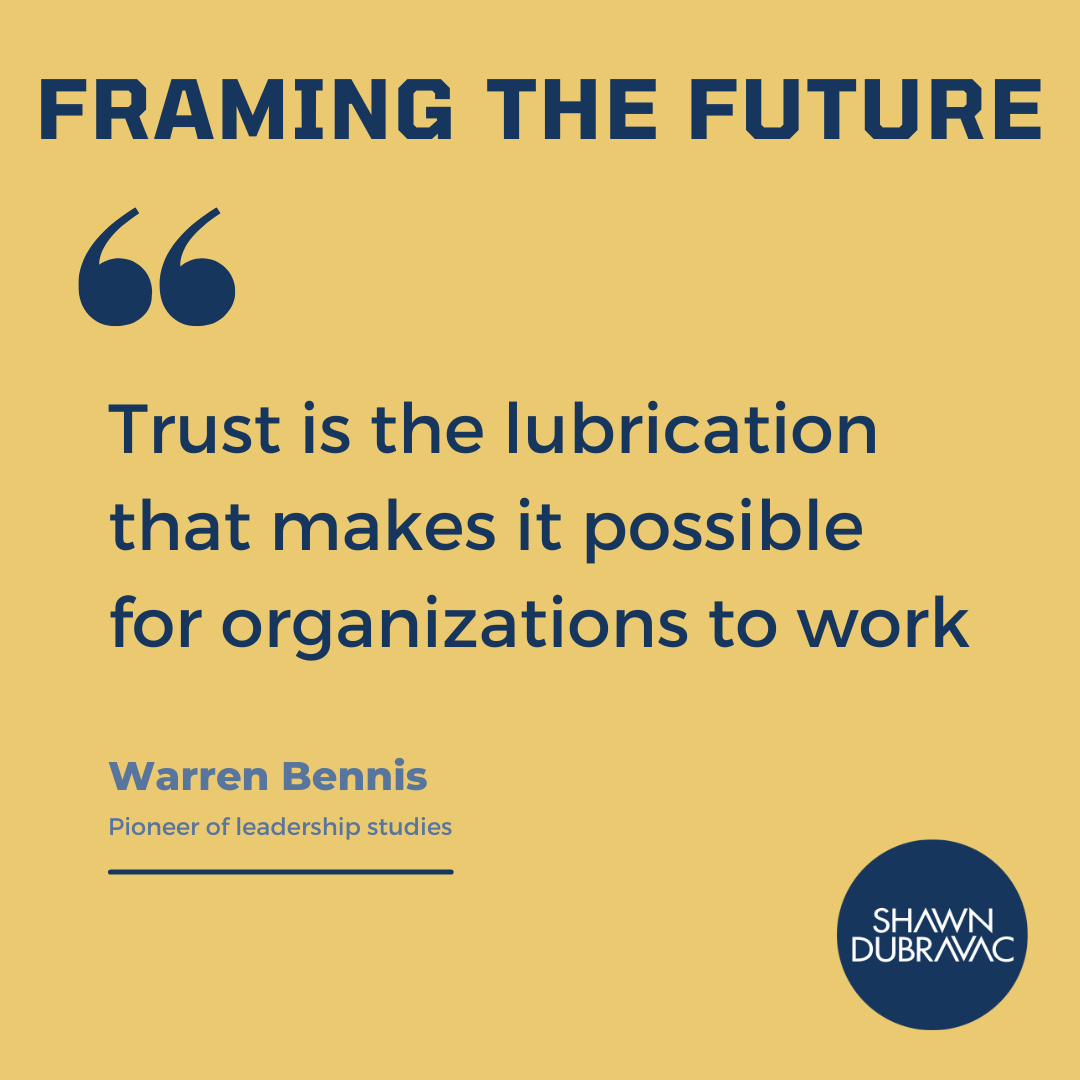Early into the pandemic, the World Economic Forum, in collaboration with Kearney, culled the opinions of 400+ senior-level executives from various industry sectors to identify the best response to the COVID-19 crisis. Five imperatives emerged from the survey that remain highly relevant as we think about the future of manufacturing:
- Rapid tailoring of manufacturing and supply systems to changing consumer behaviours
- Agile manufacturing and supply system set-ups enabled by advanced technologies
- Logistics coordination across and within global value chains
- Adoption of new ways of working and governing to increase manufacturing resilience
- Shared responsibility and collaboration among companies and authorities to address social and environmental challenges
These motivations will help drive the factory of the future. Manufacturers need transparency (into their own operations and the operations of their suppliers), tighter (and quicker) coordination with their supply chain, and the ability to more quickly evaluate data (and respond accordingly). Connected factories will facilitate each of these. Connected factories will provide a systematic way of collecting and sharing data throughout the entire supply chain in near real-time. Real-time information sharing across equipment and plants will also help automate decisions based on incoming information so there is an interactive element to connected factories, that feeds on itself. We aren’t there yet, but there are a number of ingredient technologies that are coming together now to push this transformation forward. 5G being one of the key ones. Drones. Autonomous vehicles. Cheap sensors. Analytics. They are all coming together in the years ahead.



